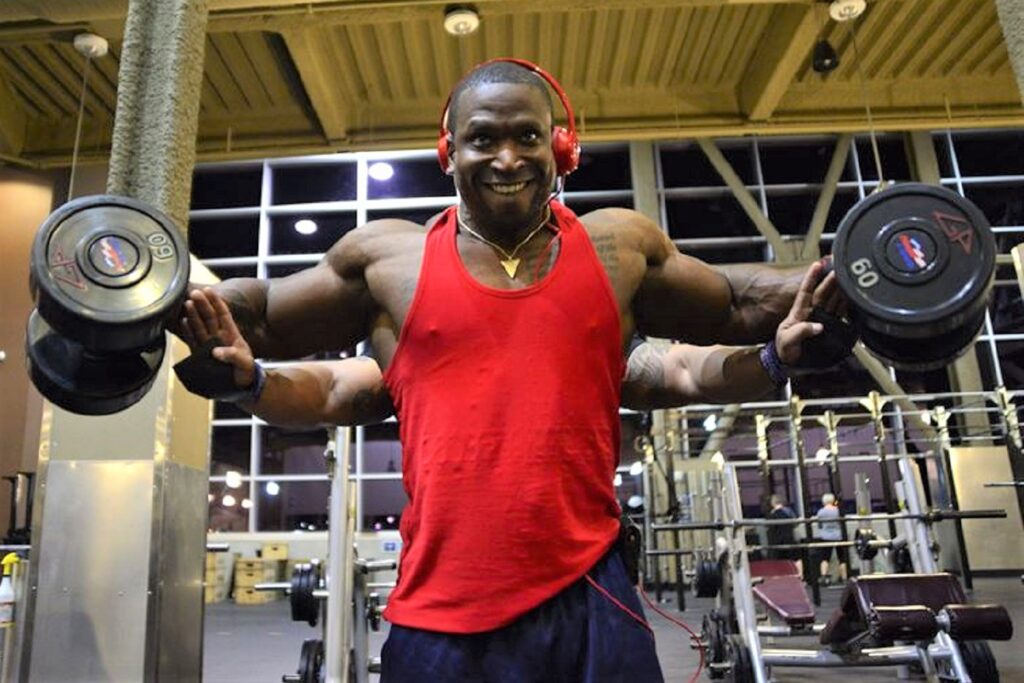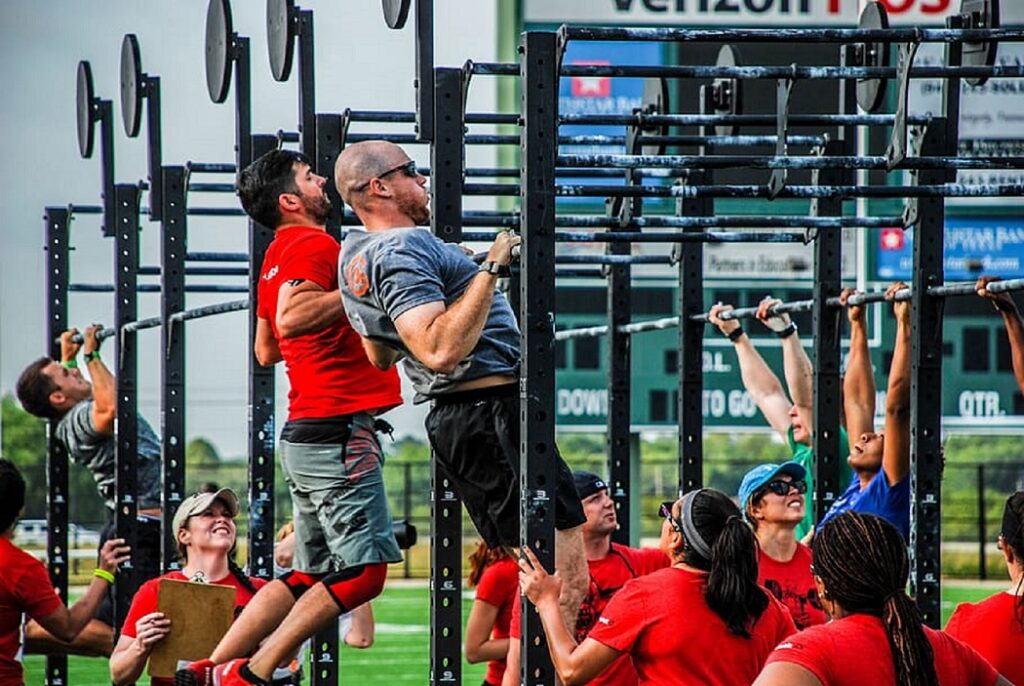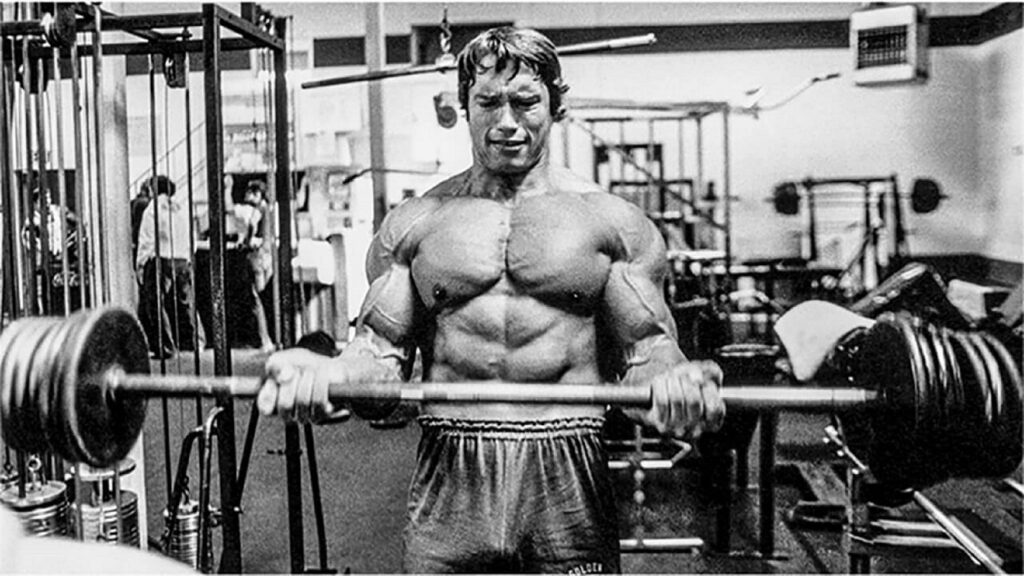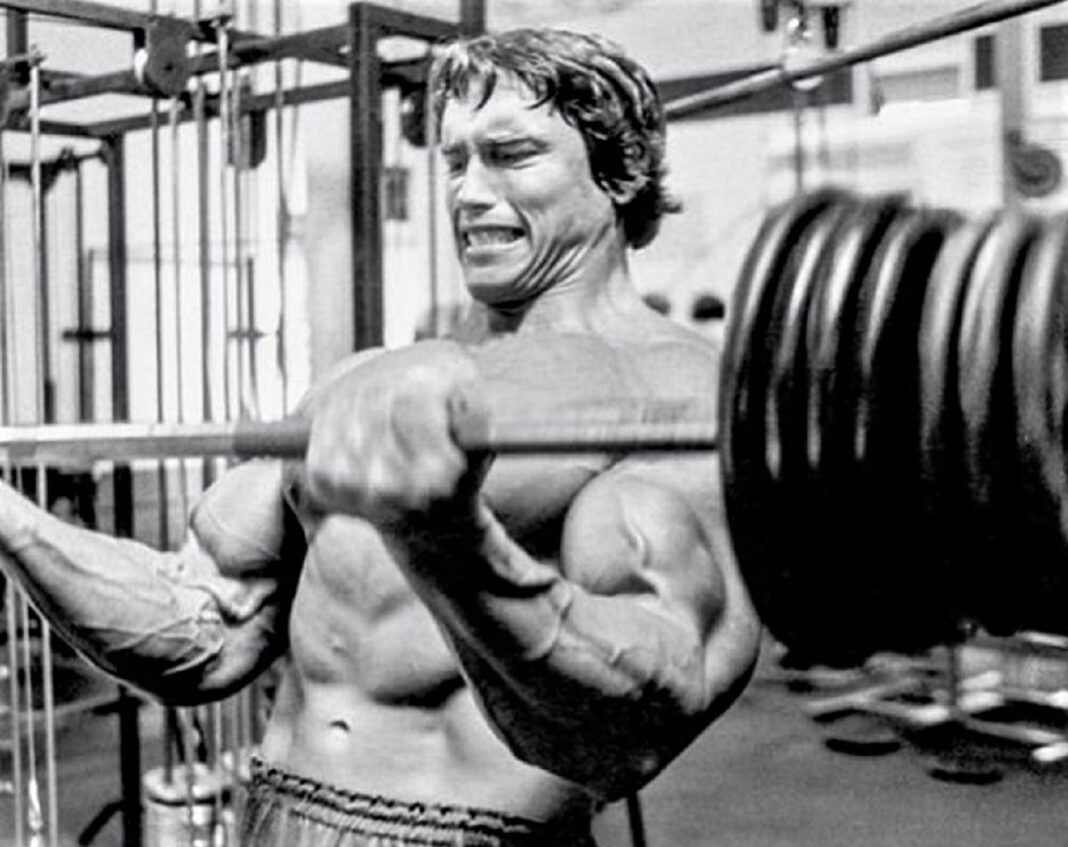Nobody proudly declares, “I’m a cheater.” Whatever the context, cheating is something people sheepishly confess to when confronted. In weight-training, too, there’s so much emphasis on proper form that few trainers admit to using momentum to hoist heavier metal. But you should feel no shame for swinging barbells and dumbbells. Doing so can extend sets and help you conquer strength plateaus. In fact, if you’re not cheating, you may be cheating yourself out of bigger gains. Let’s explore workout form and how to best cheat.
WORKOUT FORM: CHEATERS PROSPER
Cheating an exercise merely means the form is loose. You involve more momentum and secondary muscles and therefore reduce stress on the targeted muscles. Generally speaking, there are two reasons to loosen your exercise form:
1. to make a set easier
2. to make a set harder
Unfortunately, the former reason is the most common. Bodybuilders loosen their form too soon in a set, robbing tension from the targeted muscles, or they bounce or sway a weight when bad form merely increases their odds of injury.
Under most circumstances, cheating should only be done after nearing or reaching full-rep failure with strict form. Then, you can loosen up to eke out a few more reps. In this way, cheat reps function like forced reps, with the key difference being you can extend the set yourself without helping hands.

WORKOUT FORM: CHEATING TO EXTEND A SET
The safest way to cheat is to add some sway to a movement by enlisting your legs and lower back. Therefore, cheating is best applied to standing shoulder, biceps, and triceps exercises. You can also add some extra lower back movement to the end of sets of rows and pulldowns.
As for chest, abs, and legs, every exercise for these body parts should be performed strictly. There’s just no safe way to cheat them. Bouncing the bar off your chest during bench presses or bouncing yourself off the bench during leg curls are two examples of misguided cheating that merely increase the odds of tears and sprains.
That said, you can alter some exercises to make it easier to eke out a few more reps. For example, you can turn dumbbell flyes into dumbbell presses after reaching failure on the flyes. This isn’t precisely cheating, however, because both the flyes and presses should be performed strictly.
WORKOUT FORM: CHEAT SETS
So far, we’ve laid out the cheat sheet rules. Now, in true cheating fashion, we’re going to break the one about only loosening your form to extend a set. You can stimulate growth by going heavier than usual with loose form from the first rep to the last. Arnold Schwarzenegger built two of the best guns of all time, in part, by doing cheat curls. He’d load up a barbell with more than what he normally used in strict form, and he’d swing up a full set of reps.
Another example is the kipping pullup in CrossFit, a swinging, momentum-based, full-body movement that is often mocked by non-CrossFitters. However, the kipping pullup does work primarily the back and biceps, and is an effective means for anyone to overload those areas, especially after pre-exhausting with strict pullups, pulldowns, or other back exercises.

A full set of cheat reps accomplishes two things:
1. It overloads the muscle by essentially turning an isolation exercise into a compound exercise. The bench press (compound exercise) targets your pecs even though it also involves your anterior deltoids and triceps. Likewise, you can stress your biceps with barbell curls (isolation exercise) while cheating all the reps, which will also involve your legs and back for more of a swinging motion.
2. It conditions your muscles and nervous system to use a heavier weight and lets you psychologically become accustomed to handling that weight. If you’re stuck on 100 pounds for 10 strict reps and suddenly use 140 for eight loose reps, it can help you move up to 110 for 10 strict reps.
The best way to incorporate sets of all cheat reps is to first pre-exhaust the targeted muscle. This follows the same logic as loosening your form only after doing strict reps: Train the targeted muscle hard and then loosen the form to get more reps than you could get strictly. For example, follow three sets of strict side laterals with 30-pound dumbbells with three sets of cheat side laterals with 45-pound dumbbells.
WORKOUT FORM: CHEAT SHEET
✷ The first reason to cheat is to push a set beyond strict-rep failure.
✷ The second reason is to overload the targeted muscles with greater-than-usual resistance.
✷ Most exercises don’t lend themselves to safe cheating.
✷ Loosening your form works best with isolation exercises for small muscles: biceps, triceps, and deltoids.
✷ Don’t cheat exercises for abs, legs, or chest.
✷ You can add some lower back sway to back exercises (or a lot of sway in the case of kipping pullups).
✷ Pre-exhaust by following strict sets of one exercise with loose sets of the same exercise or a different exercise for the same body part.

CHEATING BICEPS ROUTINE
Our sample biceps routine includes sets of dumbbell curls done strictly and then extended with cheat reps. This is followed by strict machine curls—and it would be hard to cheat them because the machine’s pad locks your arms in place. Then, having worked your biceps with mostly strict reps, the routine concludes with three sets of barbell cheat curls. Most of the stress of these “momentum reps” will also be directed to your biceps, especially because you just pre-exhausted your biceps with machine curls. The exercises and exercise order seen here is ideal for both safety and biceps targeting.
Standing Dumbbell Curl — 4 x 6-8 strict reps + 2-4 cheat reps
Machine Curl — 4 x 10-12 reps
Cheat Barbell Curl — 4 x 8-10 cheat reps
















































